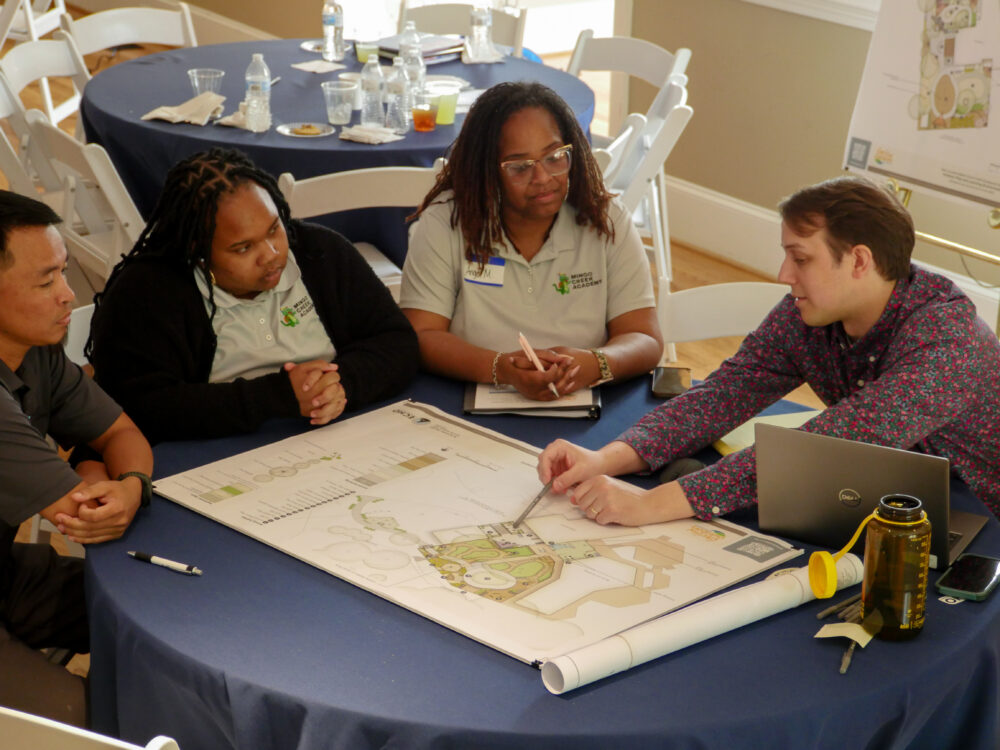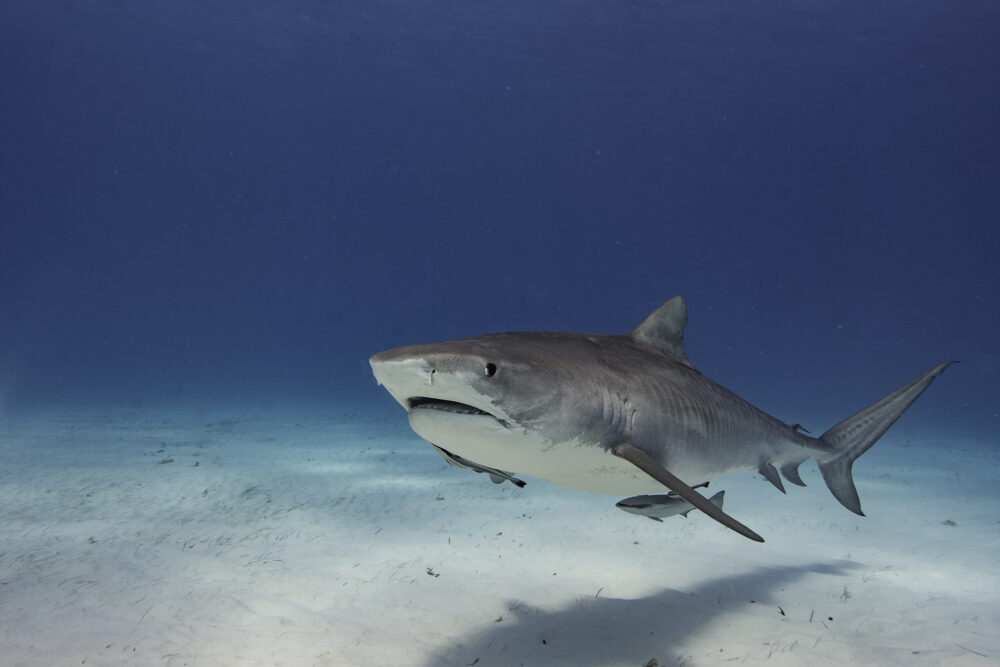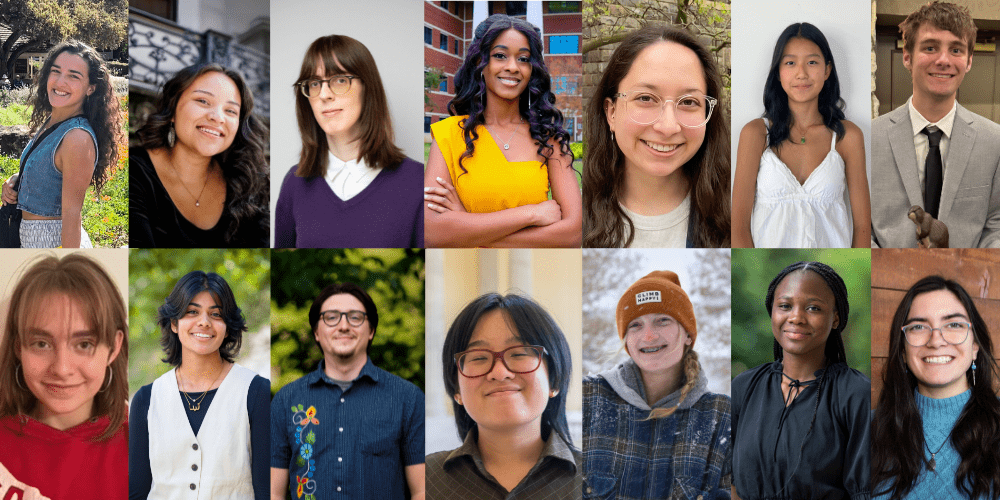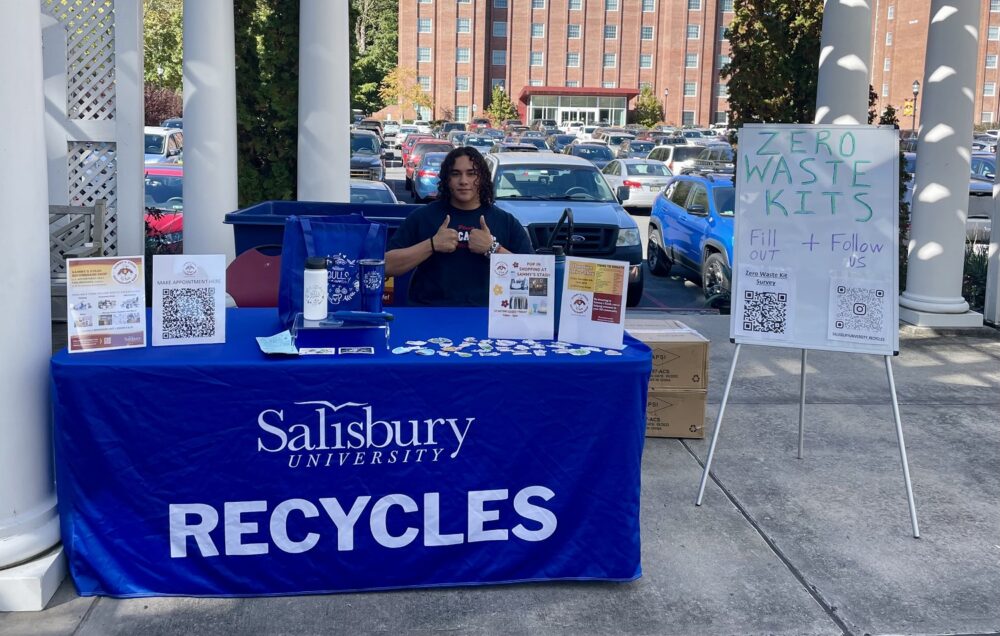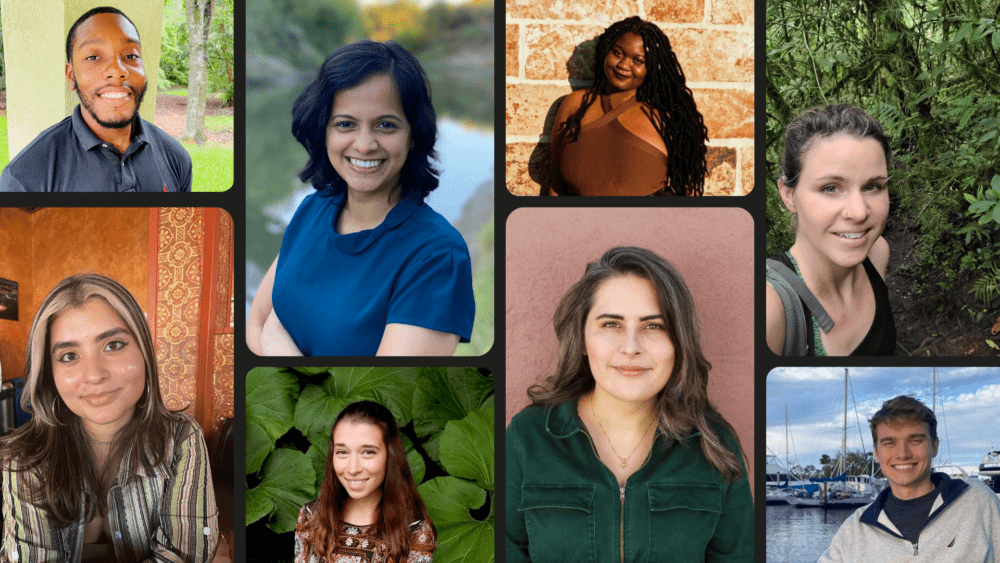We have much more to do and your continued support is needed now more than ever.
Eco-Schools USA Case Study: Students Take the Lead at Lothrop
“My hands should never touch the recycling bins,” says Pamela Galus, the science specialist at Lothrop Science and Technology Magnet School in Omaha, Nebraska. At this bronze-level Eco-School, Galus strives to make sure students take the lead in every aspect of their school greening initiative. For the work to be sustainable, she explains, the adults can’t be the ones who run the show. “There shouldn’t be anyone who’s irreplaceable,” she says. Leading the charge can be a burnout role, and besides, she and her fellow teachers value the many teaching opportunities that come from involving students in every step of the process.
The goal is for teachers to collaborate and share the work, and for students to take ownership of the program wherever possible, with older kids passing the torch to younger ones as they progress through the grade levels at this early childhood to 4th grade school.
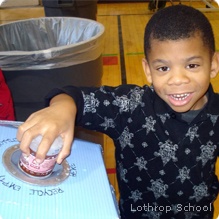 A student-led approach is one of the key aspects of the Eco-Schools program, and Lothrop provides an excellent model of how this can work. The school started its greening efforts with waste reduction. They began with a waste audit: During science class, students donned masks and gloves and spread out the contents of the trash cans to assess what could be diverted from the waste stream. Now, three students are on paper patrol each week. They have 15 minutes daily to collect recycling from classrooms around the school and then return to their own class. All the teachers keep an eye out to ensure that the students are on task as they haul the recycling bins to the custodians.
A student-led approach is one of the key aspects of the Eco-Schools program, and Lothrop provides an excellent model of how this can work. The school started its greening efforts with waste reduction. They began with a waste audit: During science class, students donned masks and gloves and spread out the contents of the trash cans to assess what could be diverted from the waste stream. Now, three students are on paper patrol each week. They have 15 minutes daily to collect recycling from classrooms around the school and then return to their own class. All the teachers keep an eye out to ensure that the students are on task as they haul the recycling bins to the custodians.
In the cafeteria, waste reduction requires a number of steps, from sorting recyclable containers and plasticware to collecting food waste for composting. As students finish their meals, they progress down a line, putting each item into the correct bin. Galus noted that on one day when the bins weren’t in place, the students were at a loss—they couldn’t fathom simply dumping an entire tray into the trash can. Already, the school has cut cafeteria waste from 20 bags per day to just 2, reducing the number of trash pickups and saving the school $1000. They still hope to find an alternative to their non-recyclable foam trays. And, while some of their compost currently goes to a local community garden’s vermicomposting system, they are experimenting with vermicomposting at school and, in partnership with a nearby high school, striving to find a large-scale solution that they can implement on school grounds. According to Galus, “It’s a valuable way for the kids to experiment with solving a real-world problem.”
The school also collects batteries, electronics, and eyeglasses for recycling. They saved juice boxes for a local commercial garden, which used them as planters for a sunflower maze. In the waste audit, they found that crayons were frequently thrown away, and devised several creative ways to reuse them. First, they fashioned the broken pieces into a large, colorful mosaic that spells out RECYCLE. Now they are finding ways to melt the pieces and form them into new shapes for the younger students. They also made a connection with an organization that works in Madagascar and saved crayons to send to the students there.
They’re now working to incorporate energy and water conservation into their program. Again, students take responsibility for making it happen. In each class, a student “electrician” checks to be sure lights and electronics are turned off when not in use. A “plumber” keeps an eye on water usage. Meanwhile, a recycling monitor watches to be sure materials make it into the right bin.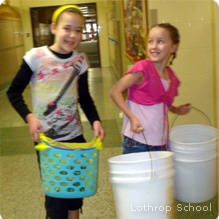
Because the school has a science focus, all the students do science fair projects each year and are encouraged to use the scientific process in many aspects of their academic work. Through observing and tracking behavior, students learned that 1) the distance between the recycling and the trash bins affects recycling rates, and 2) if someone is standing at the bins, the amount of material that gets recycled increases. More student experiments are always in progress in the school’s greenhouse, where they also grow vegetable starts for their outdoor classroom garden.
Connecting Lothrop students with kids in other places around the world is another goal of the program. The school has a distance learning lab which was used to conduct an “Environmental Summit” with three schools in Canada. Students have email penpals in Madagascar, India, the United Kingdom, and South Africa. Many of the Lothrop students haven’t been outside of Omaha, so this has been an eye-opening experience for them. Galus says they hope to use the learning lab for more real-time meet-ups, but different time zones and limited access to technology in other parts of the world make it challenging. However, next year they will be mentoring a school in Louisiana that is just getting started with a recycling program, and this will be another way to connect to students in a different place and to cultivate their leadership skills.
What does all this mean for the Lothrop students? Not only are they learning new skills and attitudes at school, they are also taking their experiences home to their families. Many have started recycling at home, a noteworthy achievement in a city where only about half the residents participate in free curbside recycling. Students also take home vegetable plants from the school’s greenhouse to start container gardens, a positive step toward healthier eating and a connection with nature in their urban environment. There’s no doubt that these projects are just the beginning for these young leaders!
To learn more about Lothrop’s Eco-Schools work, visit Mrs. Galus’ webpage. You can also contact her at Pamela.Galus@ops.org if you’d like to compare notes about an established or new program—a terrific way to share valuable experience!












